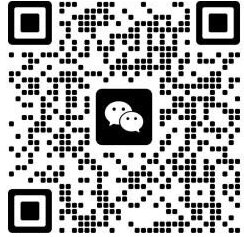Developing an application for distance measuring in the context of the CFR-50JB-52-15K involves integrating various technologies and methodologies tailored to the specific requirements of the equipment. Below is a detailed overview of the key technologies and relevant success stories that can inform the development process.
| 1. Sensor Technologies | |
| 2. Microcontrollers and Embedded Systems | |
| 3. Wireless Communication | |
| 4. Data Processing and Algorithms | |
| 5. User Interface Development | |
| 6. Cloud Computing and IoT Integration | |
| 7. Machine Learning | |
| 1. Construction and Surveying | |
| 2. Robotics and Automation | |
| 3. Agriculture | |
| 4. Industrial Automation | |
| 5. Smart Cities |
The development of distance measuring applications for the CFR-50JB-52-15K can leverage a combination of advanced sensor technologies, data processing techniques, and user-friendly interfaces. By drawing on successful implementations across various industries, developers can create robust applications that enhance operational efficiency, safety, and data-driven decision-making. The integration of these technologies not only improves measurement accuracy but also enables innovative solutions that can transform industrial and scientific applications.
Developing an application for distance measuring in the context of the CFR-50JB-52-15K involves integrating various technologies and methodologies tailored to the specific requirements of the equipment. Below is a detailed overview of the key technologies and relevant success stories that can inform the development process.
| 1. Sensor Technologies | |
| 2. Microcontrollers and Embedded Systems | |
| 3. Wireless Communication | |
| 4. Data Processing and Algorithms | |
| 5. User Interface Development | |
| 6. Cloud Computing and IoT Integration | |
| 7. Machine Learning | |
| 1. Construction and Surveying | |
| 2. Robotics and Automation | |
| 3. Agriculture | |
| 4. Industrial Automation | |
| 5. Smart Cities |
The development of distance measuring applications for the CFR-50JB-52-15K can leverage a combination of advanced sensor technologies, data processing techniques, and user-friendly interfaces. By drawing on successful implementations across various industries, developers can create robust applications that enhance operational efficiency, safety, and data-driven decision-making. The integration of these technologies not only improves measurement accuracy but also enables innovative solutions that can transform industrial and scientific applications.










